There is an upcoming Ethereum Transition to Ethereum 2.0. The entire migration should be finished by 2022. Know about what, why, how will the transition happen.
Ethereum is the second most popular cryptocurrency, and it runs on a decentralised software platform that makes it simple to create smart contracts or self-executing contracts which enables it to host decentralised applications in almost any field, from finance to gaming. We have all been hearing a lot of buzz around the upcoming Ethereum Transition to Ethereum 2.0. That’s right! Ethereum is getting upgraded. It’s taking place in stages. However, the entire migration should be finished by 2022. In this article, we will explore what, why, and how will this Ethereum 2.0 Transition happen.
Ethereum 2.0 is a new version of the Ethereum blockchain, which is already in use. Its goal is to increase the speed, efficiency, and expandability of the Ethereum network, allowing it to address limitations and increase transaction volume. This transition will happen through the ‘Beacon Chain’. The Beacon Chain is a brand-new, proof-of-stake blockchain that will introduce proof-of-stake to Ethereum 2.0.
According to Ethereum.org, the Beacon Chain does not change anything about the Ethereum we use today. It will coordinate the network, serving as the consensus layer. It introduced proof-of-stake to the Ethereum ecosystem. You might know this as “Phase 0” on technical roadmaps.
Ethereum 2.0 is also known as Eth2 or Serenity. In comparison to the previous version, Ethereum 2.0 has some significant structural and design changes. ‘Proof of stake’ and ‘Sharding’ are the two major changes. Let’s take a closer look at both of these terms to better understand how Ethereum 2.0 works.
Sharding
Sharding is a common concept in computer science that involves splitting a database horizontally to spread the load. In Ethereum’s perspective, sharding will greatly minimise network congestion and increase transactions per second by forming new chains, or “shards”. In Ethereum 2.0, 64 new chains known as shards will be created, all of which will run in parallel to the Beacon Chain. Validators on the blockchain would only need access to the data being processed on the shard chain, not the entire main chain, thanks to sharding. Gas prices will be significantly reduced as a result of this. It will also reduce the amount of computing power required, easing the burden on transaction validators.
Proof-of-stake
The blockchain will authenticate transactions based on holders’ stake in the Ether token under the proof of stake model that Ethereum wants to implement in 2022. It will require far less computing power than the current proof of work model. Switching to proof of stake is thought to reduce Ethereum’s energy consumption, which is currently estimated to be 45,000 gigawatt-hours per year. In terms of carbon emissions, it would be similar to any other internet operation that uses power to run a network of computers, instead of a venture that resembles a collection of massive digital factories. The switch to proof of stake is expected to speed up the network. This is critical for Ethereum, which already serves as a platform for a wide variety of financial and commercial transactions.
How will this transition happen and how will the current users be impacted?
Low energy consumption: It is much more power saving because the premise of proof of stake does not require any additional energy to prove trustworthiness. Unlike proof of work, which necessitates specialised computing hardware such as high-end graphics cards, the proof of stake framework can be run on a laptop.
Migration on to new overlay: The current Ethereum execution overlay will be migrated over to the impending proof-of-stake consensus layer, and the clients who hold Ethereum 1 will automatically be migrated to the new overlay. This means that, after the merge, existing users and application developers will be able to interact with Ethereum in a very similar way.
Any other challenges that may be faced: Proof of stake hasn’t been through as much testing as proof of work, which has been scrutinised for more than a decade. As a result, new vulnerabilities could be discovered. Its supporters believe the risk is worth the benefits in terms of environmental benefits, transaction speed, and involving a larger group of users in the process.
Conclusion
Overall, for Ethereum holders, the transition to Ethereum 2.0 will be beneficial. It will alter the fee structure, resulting in lower transaction fees for users.
Want to start investing in Bitcoin, Ethereum Blockchain? We’ve got you covered! Start trading on Zebpay by clicking on the following link to start trading in cryptocurrency: https://zebpay.com/in


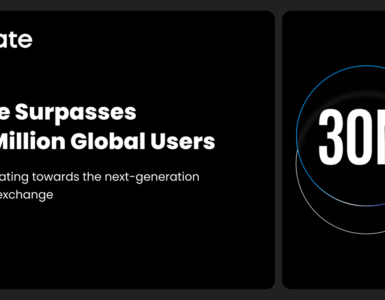

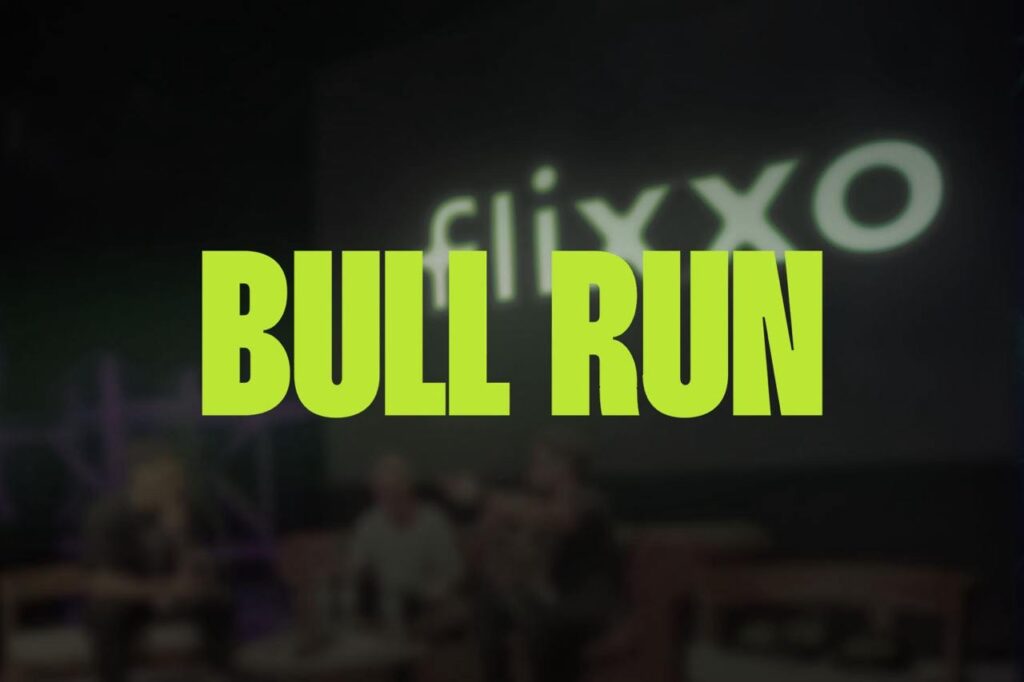
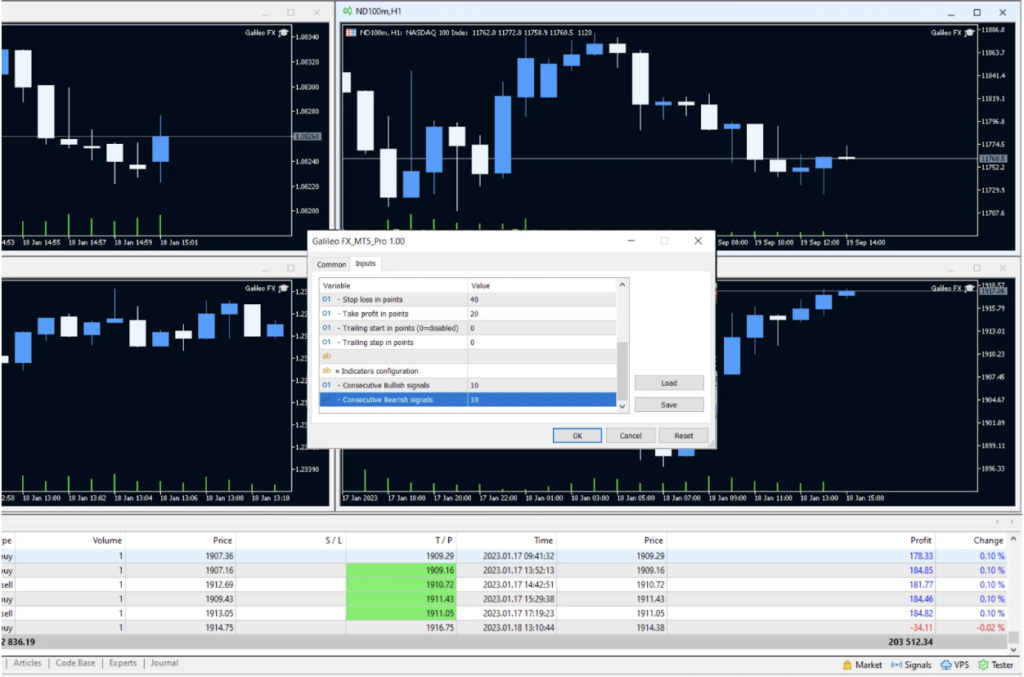





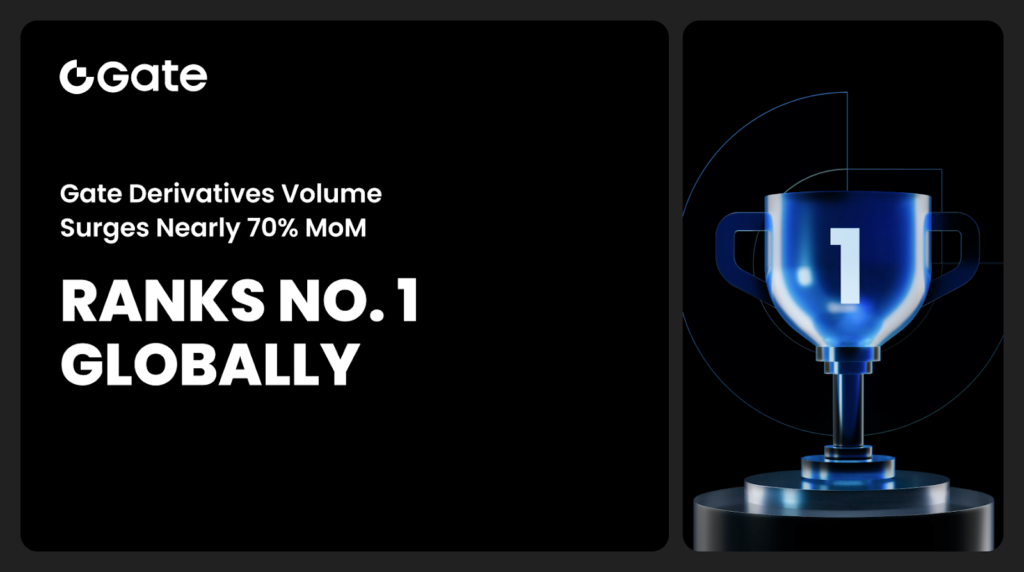

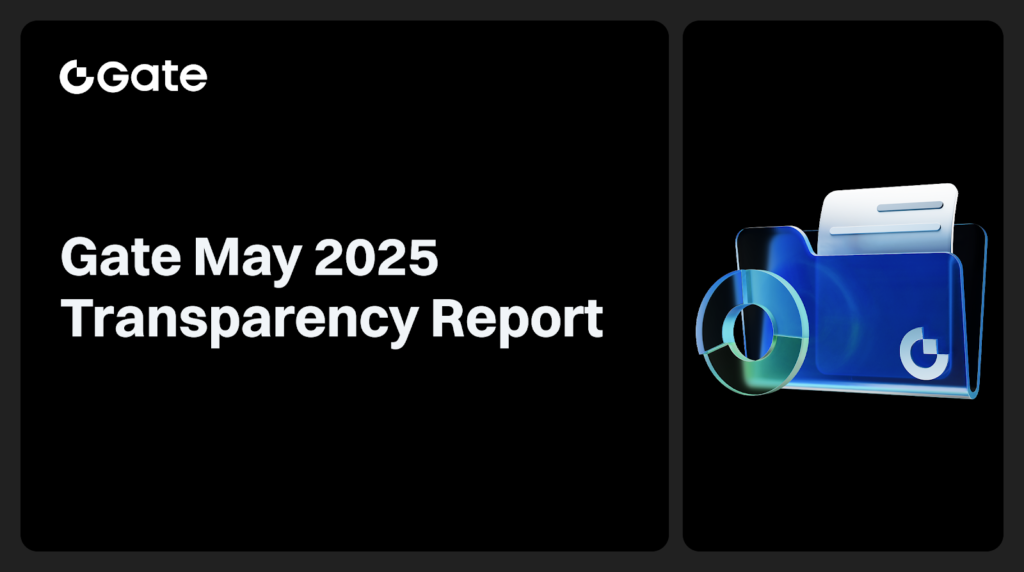
2 comments